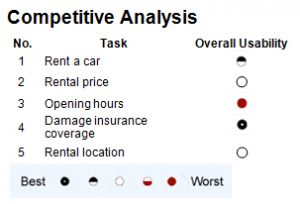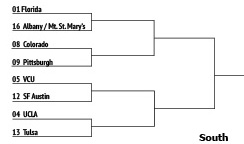
The New Face of Usability Testing
How are you reading this page? Are you at work? At home? Are you checking your phone or email as you read? Are you eating? Are pets or family members nearby? Although we rarely interact with websites or software in isolation, without distractions, for decades when we spoke of usability testing, we pictured a quiet








